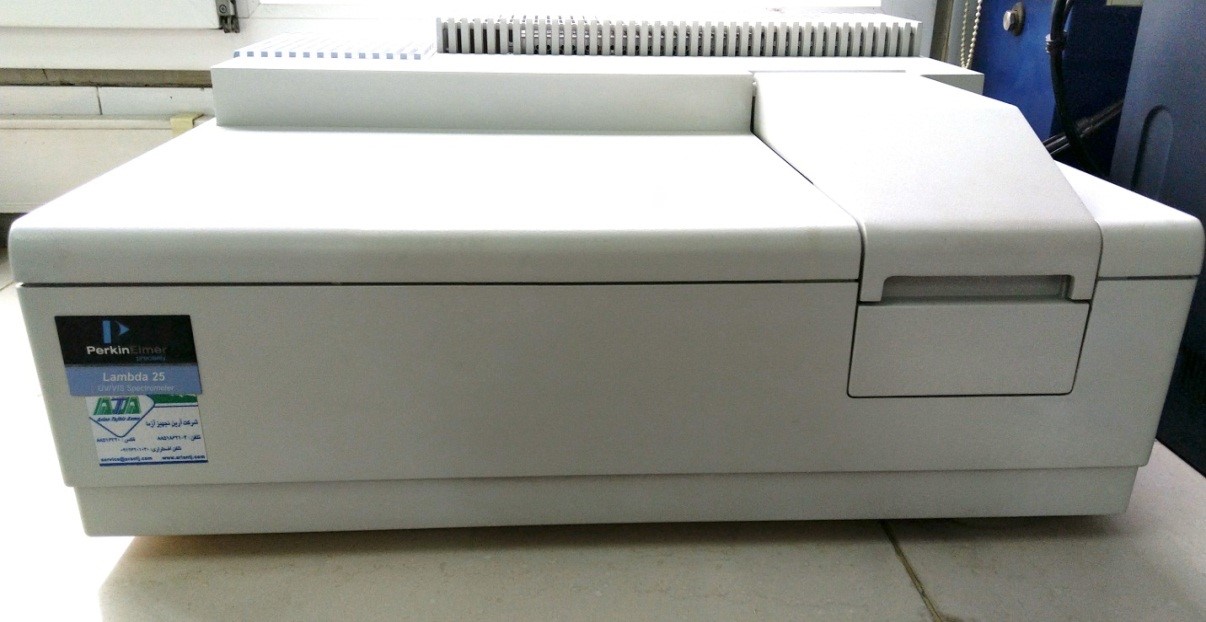UV-Vis Spectrophotometry
About the service
The UV-Vis spectrophotometer, also known as a visible and ultraviolet spectrometer or UV spectrometer, is a device used to measure the absorption of electromagnetic radiation by a substance. By passing specific wavelengths of radiant energy (light) through an analyte, the concentration of the substance in a solution can be determined. Different substances have distinct structures, group arrangements, atoms, and molecules, causing them to absorb light at specific wavelengths, resulting in a unique spectrum pattern. According to the Beer-Lambert law, the amount of light absorbed at a specific wavelength is directly proportional to the concentration of the chemical sample. Spectrophotometry has extensive applications in clinical and research settings. It enables the determination of substance concentrations, measurement of enzyme activity, analysis of triglycerides, cholesterol, lipoproteins, sugars, creatinine, urea, and a wide range of analytes. Additionally, it plays a crucial role in drug analysis, metabolite measurement, investigation of molecular structures, compound identification, structure comparison, and determination of the wavelength of maximum absorption.
In this laboratory, we utilize the Perkin Elmer Lambda 25 UV-Vis spectrophotometer.
Basic and technical concepts of the spectometer
The UV-Vis spectrophotometer, also known as a visible and ultraviolet spectrometer or UV spectrometer, is a device used to measure the amount of a substance based on its electromagnetic absorption. The device utilizes a deuterium lamp to generate light radiation. It has applications in various scientific and research fields such as chemistry, biochemistry, pharmaceuticals, materials, and environmental science, allowing for qualitative and quantitative measurements of a wide range of substances.
The absorption of light in a liquid substance is directly proportional to the concentration of that substance. Typically, solvent control is regarded as non-adsorbed or, in practical terms, its partial absorption is subtracted from the total absorption observed in the sample containing the solvent. The sample, along with the solvent, is poured into a transparent glass or quartz container called a cell or cuvette, which is placed in front of the transmitted light of the spectrophotometer. The device can measure wavelengths ranging from 190 to 1100 nm. Since specific molecules may absorb light within a certain region of the wavelength range, the produced light needs to be separated into constituent wavelengths, adjustable within a specific region. This is achieved by using a prism or a grating mirror within the spectrophotometer. The visible spectrometer consists of several parts, including a light source, a grating prism or mirror, a monochromator, a detector (such as a photomultiplier or photodiode), and a processor. In the spectrometer, the remaining light after passing through the sample solution is detected by a photomultiplier or photodiode. After computer processing, the detected light is displayed as the percentage of light passing or its logarithm, representing the amount of light absorption. The calculations of light absorption or transmission follow the Beer-Lambert law. The spectrophotometer available in this center is a double beam system, which means it has two beams, one that goes to the detector and the other that passes through the sample. Next, the difference between these two beams is calculated. The advantage of this system is its higher accuracy compared to a single-beam system, but it is also more complex and expensive.
Laboratory Assistant:
Leila Balaygoli (BSc in Laboratory Science); Email: l.goli @avicenna.ac.ir
Laboratory Substitute Assistant:
Zhamak Pahlevanzadeh (MSc in Cellular and Molecular Biology); Email: j.pahlavanzadeh @avicenna.ac.ir; Contact Number: +98 (21) 22432020 – Ext. 305
Location of Laboratory:
The laboratory is situated on the second floor of Avicenna Research Institute, located within Shahid Beheshti University.
Working Schedule:
The laboratory operates from Saturday to Wednesday, between 8:00 AM and 4:00 PM.
Service Policy and Costs:
The cost of tests or services will vary depending on the sample type and specific testing requirements. Therefore, upon the initial inquiry, the laboratory will provide information regarding the cost of the requested test.
Sample Submission:
To ensure smooth processing, please coordinate with the laboratory assistant at least 48 hours before sending the sample.

















